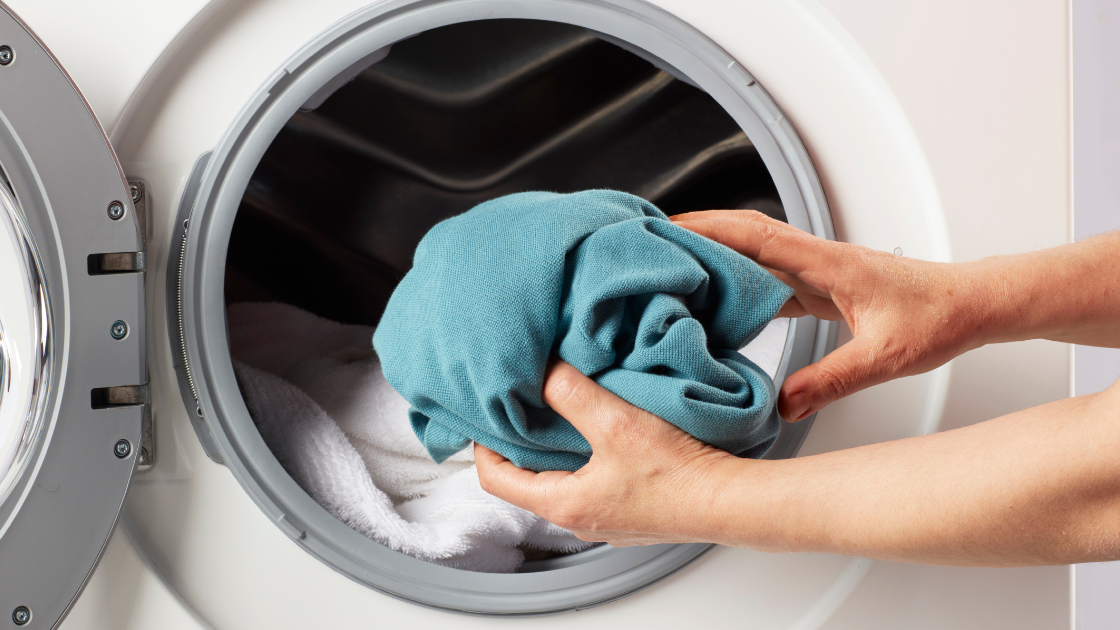Microfibres in Laundry: What You Need to Know and How to Reduce Their Impact
Microplastics, those tiny fragments of plastic less than 5 mm long, are found in every corner of our planet, from the depths of the ocean to the peaks of mountains. These microplastics are not only in our environment but also in the air we breathe, the food we eat, and even within our own bodies.
One of the primary sources of microplastics in our environment is microfibres – minuscule plastic threads or filaments less than the width of a human hair. These can originate from a variety of sources, including fishing gear and cigarette butts. However, the most prevalent source by far is the synthetic fabrics used in clothing.
Synthetic fabrics, like polyester and nylon, have gained popularity due to their durability, versatility, and ease of maintenance, especially when compared to natural fibers like cotton and wool. Yet, these synthetic fabrics continuously shed microfibres throughout their lifecycle, particularly when they are washed.
What Happens when you wash Your Clothes?
When you do a standard load of laundry, you may unknowingly release several million microfibres into the wastewater. This wastewater typically finds its way to a wastewater treatment plant where microfibres eventually end up in the sewage sludge – the solid residue remaining after water treatment. This sludge is frequently repurposed as agricultural fertilizer, introducing microfibres into the soil. From there, they can enter the food chain and, ultimately, our bodies through the food we consume. This is particularly concerning because these fibers can harbor chemical additives like phthalates and bisphenol A (BPA), which have shown to have detrimental effects on the reproductive systems of laboratory animals, though their impact on human health remains uncertain. Additionally, microfibres that escape into rivers can reach oceans, where marine animals may mistake them for food, allowing microfibres to enter the aquatic food chain.

What Can You Do?
While it may be unrealistic to expect a complete shift away from synthetic fabrics, there are steps you can take to reduce the release of plastic microfibres from your clothes:
Easy Steps
- Reduce Washing Frequency: Washing your clothes less often, but in larger loads, reduces friction and minimizes microfibre release.
- Use Cold Water: Cold water washing results in fewer microfibres being released compared to hot water.
- Limit Detergent: Use less detergent, as excessive soap can increase microfibre shedding.
- Air Dry: Avoid using the tumble dryer whenever possible, as it vents microfibres into the air. Opt for drying your clothes on a washing line instead.
- Microfibre-Catching Devices: Invest in innovative devices, such as specialized bags and balls, designed to capture microfibres during the wash cycle.

Next Steps
- Install a water filter to your washing machine – this can reduce the number of microfibres by up to 90%
- Choose a microfibre-filtering washing machine: When it’s time to buy a new washing machine, look for a model that has its own microfibre filter. Countries are beginning to mandate this, starting with France from 2025 and Australia from 2030 though there’s still a long way to go before these machines become universal
While the ideal solution would involve developing synthetic fabrics that don’t shed microfibres, this transformation won’t happen overnight. In the meantime, by following the steps above, you can significantly reduce your microfibre footprint and contribute to a cleaner environment.




